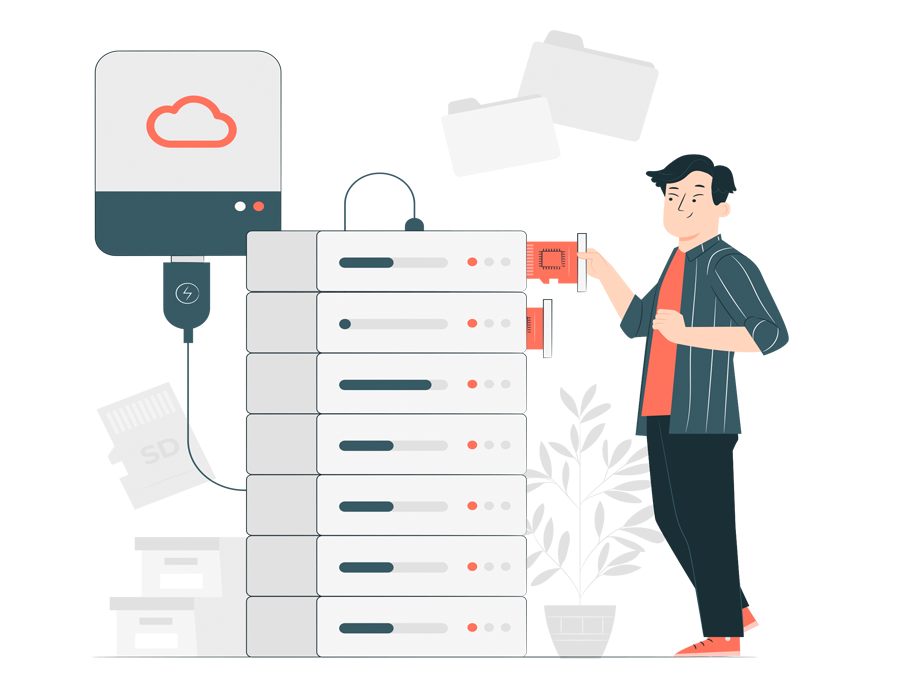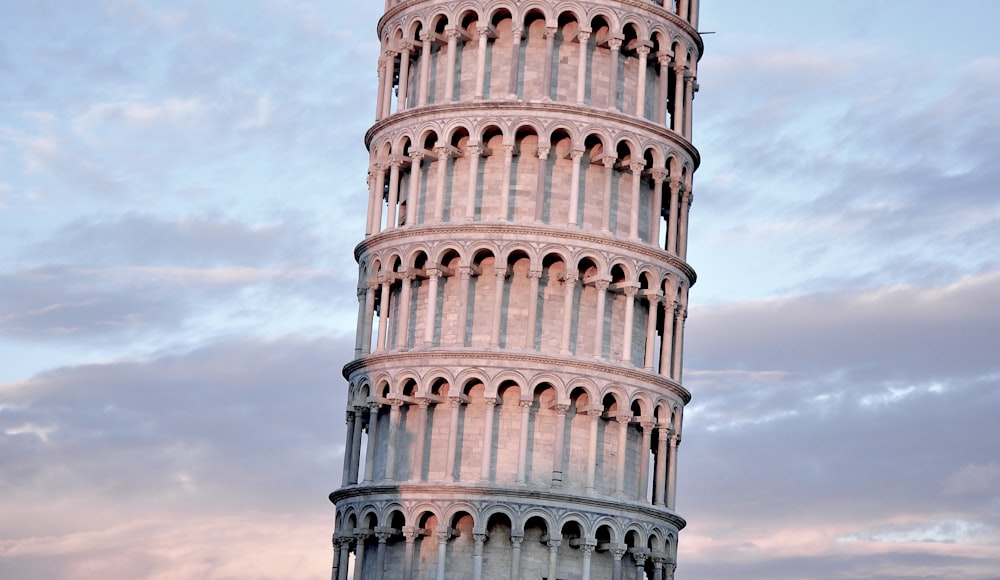Preserving Structures: Essential Preventive Maintenance Practices
Understanding the Importance of Preventive Maintenance
In the realm of building management, preventive maintenance stands as a crucial pillar supporting structural longevity and resilience. Unlike reactive approaches that address issues as they arise, preventive maintenance aims to anticipate and mitigate potential problems before they escalate. By adopting proactive strategies, property owners can safeguard their investments, prolong the lifespan of their structures, and minimize the risk of costly repairs down the line.
Identifying Key Preventive Maintenance Practices
Effective preventive maintenance encompasses a range of practices designed to preserve the integrity of a building and its components. Regular inspections form the cornerstone of this approach, allowing property managers to identify early signs of wear, damage, or deterioration. From monitoring structural elements to evaluating mechanical systems and electrical components, thorough assessments enable timely intervention and the implementation of corrective measures.
Prioritizing Structural Sustainability
Structural integrity lies at the heart of any building, making it imperative to prioritize preventive maintenance efforts aimed at preserving this foundational aspect. Structural inspections, conducted by qualified professionals, help identify potential weaknesses such as cracks, corrosion, or foundation instability. By addressing these issues promptly and implementing reinforcement measures where necessary, property owners can enhance the resilience of their structures and ensure their long-term stability.
Embracing Proactive Building Care
Proactive maintenance strategies involve more than just reacting to visible signs of deterioration. They entail a forward-thinking approach that anticipates future challenges and implements preemptive measures to mitigate risks. This might involve routine tasks such as cleaning gutters to prevent water damage or scheduling regular HVAC maintenance to optimize system efficiency. By staying ahead of the curve, property managers can minimize disruptions, extend equipment lifespans, and enhance occupant comfort.
Mitigating Risks and Reducing Costs
One of the primary benefits of preventive maintenance lies in its ability to mitigate risks and reduce long-term costs. By addressing minor issues before they escalate into major problems, property owners can avoid costly repairs and disruptions to operations. Additionally, proactive maintenance helps extend the lifespan of building components and equipment, reducing the frequency of replacements and minimizing capital expenditures over time. In essence, investing in preventive maintenance yields significant returns in terms of both financial savings and asset preservation.
Enhancing Operational Efficiency
A well-maintained building operates more efficiently, benefiting both owners and occupants alike. Regular maintenance of mechanical, electrical, and plumbing systems ensures optimal performance, reducing energy consumption and operational expenses. Moreover, a comfortable and well-maintained environment enhances occupant satisfaction and productivity, making preventive maintenance an integral aspect of effective property management.
Fostering Sustainability and Resilience
In an era marked by growing environmental awareness and sustainability concerns, preventive maintenance plays a crucial role in fostering eco-friendly practices and promoting resilience. By optimizing building performance, reducing resource consumption, and minimizing waste generation, property owners can contribute to environmental conservation efforts while simultaneously enhancing the resilience of their structures against external factors such as climate change and natural disasters.
Investing in Long-Term Success
Ultimately, preventive maintenance represents an investment in the long-term success and sustainability of a property. By allocating resources towards proactive care and preservation, property owners can protect their assets, maximize their return on investment, and ensure the continued functionality and value of their buildings for years to come. In a rapidly evolving landscape where the demands on buildings are constantly evolving, embracing preventive maintenance is not just a choice but a necessity for success. Read more about preventive building maintenance






